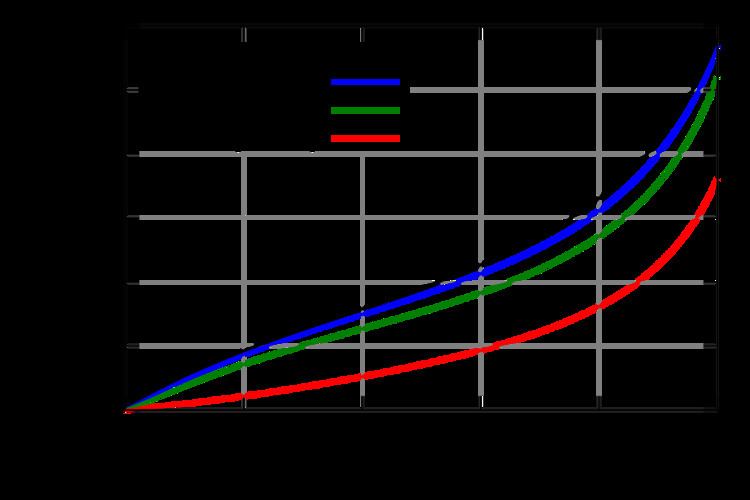 | ||
The moisture content of wood below the fiber saturation point is a function of both relative humidity and temperature of surrounding air. The equilibrium moisture content (EMC) is the moisture content at which the wood is neither gaining nor losing moisture; this however, is a dynamic equilibrium and changes with relative humidity and temperature.
The moisture content (M) of wood is defined as:
where m is the mass of the wood (with moisture) and
The Hailwood-Horrobin equation for two hydrates is often used to approximate the relationship between EMC, temperature (T), and relative humidity (h):
where Meq is the equilibrium moisture content (percent), T is the temperature (degrees Fahrenheit), h is the relative humidity (fractional) and:
This equation does not account for the slight variations with wood species, state of mechanical stress, and/or hysteresis. It is an empirical fit to tabulated data provided in the same reference, and closely agrees with the tabulated data. For example, at T=140 deg F, h=0.55, EMC=8.4% from the above equation, while EMC=8.0% from the tabulated data.
